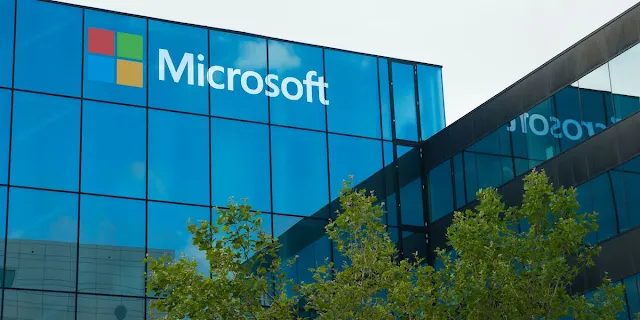Windows Dodges a Bullet: Microsoft Update Patches Critical Security Flaw
Windows users can breathe a sigh of relief as Microsoft released a crucial update this week that addresses a significant security vulnerability. This patched flaw, discovered in a core component of Windows called "ms-app installer," had the potential to allow attackers to install malicious software disguised as legitimate applications, posing a major threat to user security and privacy.
The Vulnerable Loophole:
The "ms-app installer" handles the installation of various applications on Windows systems. The vulnerability resided in a loophole within this component, allowing attackers to create deceptive shortcut files disguised as real apps. When clicked, these shortcuts would trigger the installer to silently download and install malware onto the unsuspecting user's system.
The Consequences Could Have Been Dire:
Had this exploit remained unaddressed, the consequences could have been severe. Attackers could have utilized the vulnerability to:
- Install spyware and steal sensitive data like passwords and financial information.
- Infect systems with ransomware, locking users out of their files and demanding ransom payments.
- Deploy cryptomining malware, hijacking computing resources to mine cryptocurrency at the victim's expense.
- Disrupt system stability and launch further attacks across the compromised network.
Microsoft Steps Up to the Plate:
Thankfully, Microsoft identified and patched the vulnerability swiftly. The company released a security update on December 28th, urging all Windows users to install it immediately. The update plugs the loophole in the "ms-app installer," preventing attackers from exploiting it to install malware.
A Call to Vigilance:
While this critical vulnerability has been addressed, it serves as a stark reminder of the ever-evolving cyber threat landscape. Users must remain vigilant and follow essential security practices, such as:
- Installing security updates promptly, as they often contain vital patches for known vulnerabilities.
- Downloading software only from trusted sources and exercising caution when clicking on unfamiliar links or attachments.
- Utilizing a robust antivirus and anti-malware solution to provide an additional layer of protection.
- Maintaining strong passwords and practicing good password hygiene.
Taking Proactive Measures:
Cybersecurity is a shared responsibility. Microsoft's swift action in patching this vulnerability is commendable, but individual users must also play their part. By adopting safe computing practices and staying informed about evolving cyber threats, we can together create a more secure digital environment for everyone.









No comments